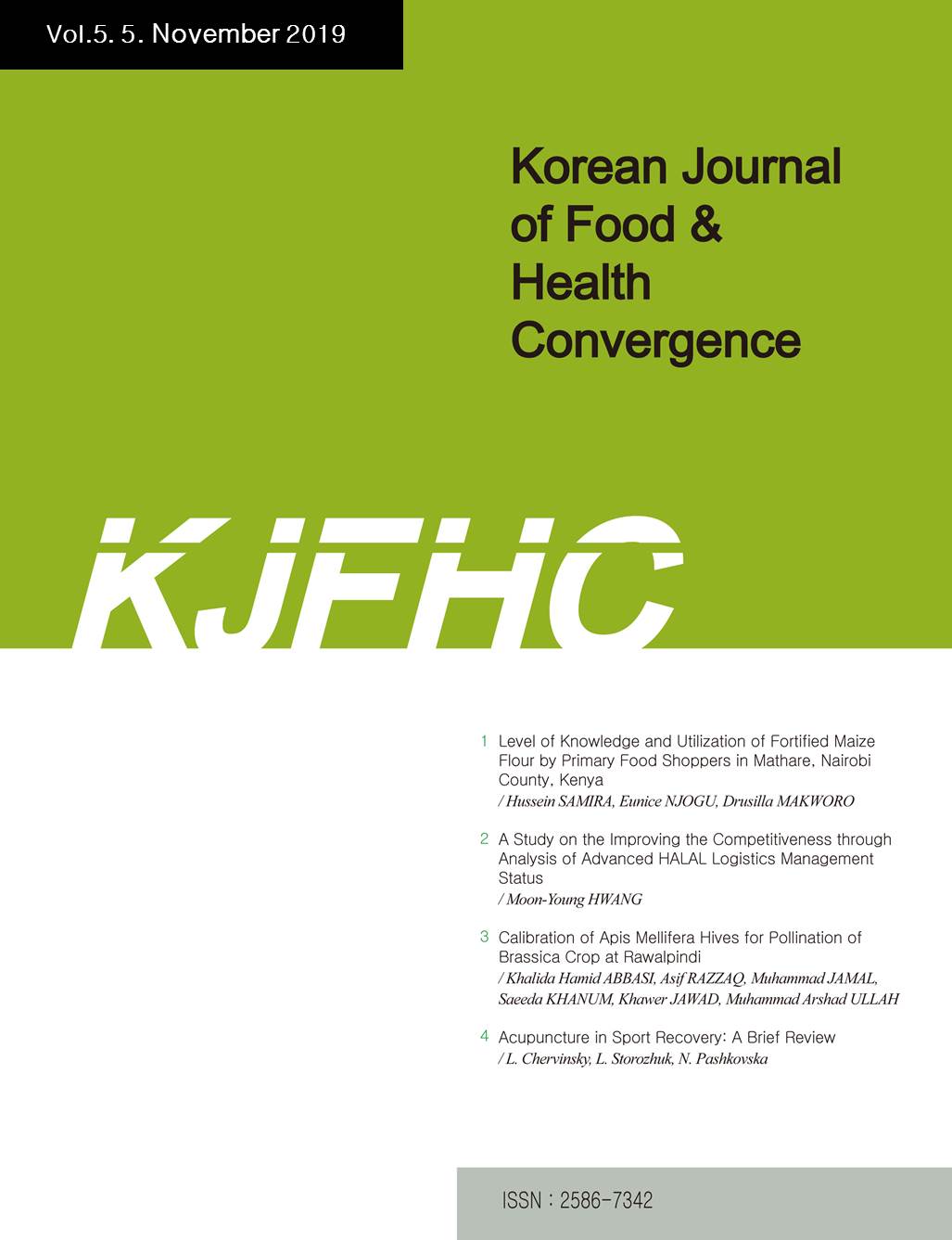 E-ISSN : 2586-7342
E-ISSN : 2586-7342
The Effect of the SOD2 and SOD3 in Candida albicans on the Antioxidant System and its Potential as a Natural Antioxidant*
Min-Kyu KWAK
Abstract
Oxygen is necessary to sustain life, but reactive oxygen species (ROS) produced by oxygen metabolism can cause mutations and toxicity. ROS can damage cellular macromolecules, leading to oxidative stress, which can accelerate cell death and aging. ROS generated in food affect the taste, color, and aroma of food, and high levels of ROS in meat can cause spoilage. Superoxide dismutase (SOD) plays an important role in scavenging ROS in food and reducing their toxicity to organisms. SOD exerts its antioxidant effect by catalyzing the breakdown of O2-• to H2O2. As a natural antioxidant, SOD has the ability to regenerate and maintain its activity over a long period of time without depletion, unlike chemical antioxidants that may have side effects or stability issues. This antioxidant effect of SOD has great potential in a variety of industries, and in the food industry it can be utilized to improve product quality and provide safe and healthy products to consumers. By disrupting the SOD2 and SOD3 genes in Candida albicans, we studied the effects of SOD2 and SOD3 genes on the antioxidant system, suggesting its potential as a natural antioxidant.
- keywords
- Reactive oxygen species, Superoxide, Superoxide dismutase, Candida albicans
- Downloaded
- Viewed
- 0KCI Citations
- 0WOS Citations

